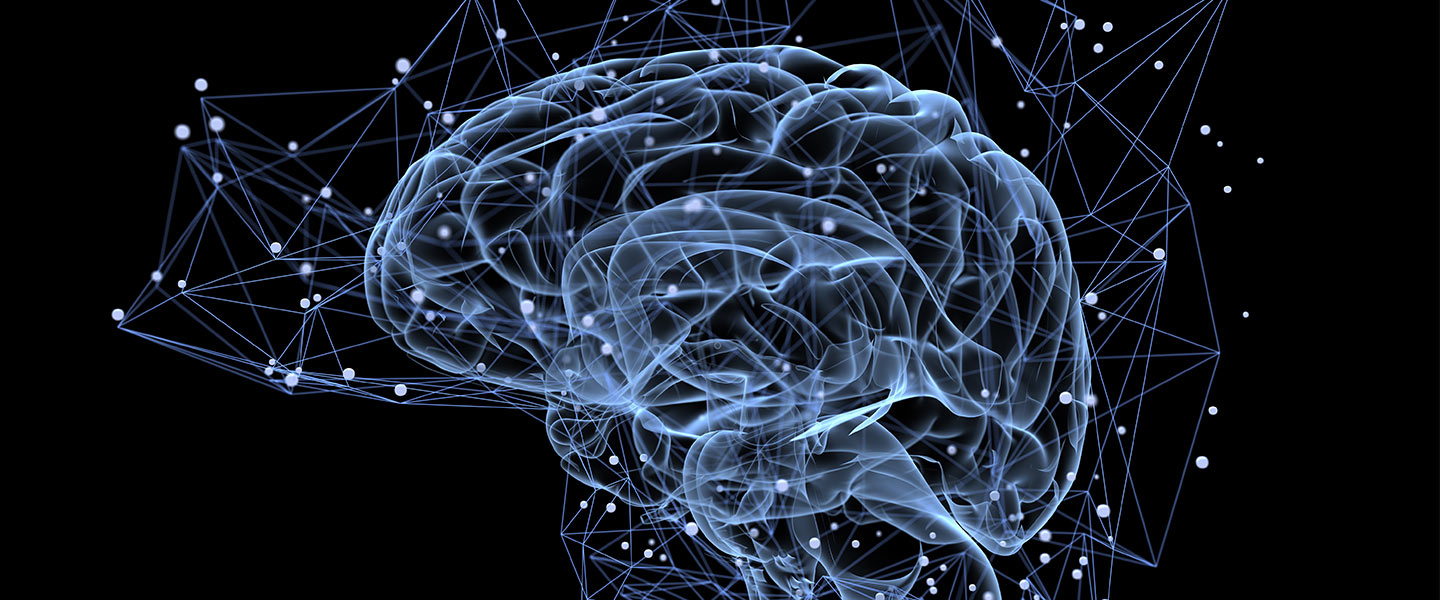Researchers Unravel New Details of How the Brain Processes Fear
Researchers Unravel New Details of How the Brain Processes Fear

Story highlights
New knowledge about fear-processing pathways in the brain could help researchers devise treatment strategies for PTSD and other fear disorders.
Scientists have strengthened fear memories in mice by artificially switching on a set of fear-processing cells in the brain as the animals underwent a negative experience. The study, reported June 29 issue of the journal Neuropsychopharmacology, deepens scientists understanding of a signaling pathway called Tac2 that had been previously implicated in fear learning.
The research was led by Kerry J. Ressler, M.D., Ph.D., a NARSAD 2002 and 2005 Young Investigator at McLean Hospital and Harvard Medical School, and winner of the 2009 Freedman Prize. Raül Andero Galí, Ph.D., a 2014 Young Investigator at the Autonomous University of Barcelona and Donald G. Rainnie, Ph.D., a 1997 and 2000 Young Investigator and 2003 and 2009 Independent Investigator at Emory University were members of the research team.
The Tac2 gene produces a signaling protein called Nk3R, which is abundant in a subset of neurons in the fear-processing region of the brain known as the amygdala. In a previous study, Dr. Ressler and colleagues discovered that they could reduce fear learning in mice by blocking Tac2 signaling with a drug. That study, published in Neuron in 2014, suggested that manipulating the Tac2 pathway in humans might be an effective way to treat fear disorders such as PTSD, phobia, panic, and obsessive-compulsive disorder. The new mouse study extends those findings, giving scientists a clearer understanding of how the Tac2 pathway regulates fear memories.
Mice in the study were exposed to a mild electrical shock that was paired with a sound cue. The animals learned to associate the tone with the shock, so that when they heard it again, they froze in fear. The researchers found that if they artificially switched on Tac2-producing brain cells at the time of the shock, the mice were even more likely to freeze when they heard the tone later. That suggests the pathway may enhance the conversion of a short-term memory into a more stable long-term memory, the scientists say.
In additional experiments, the researchers explored further details of Tac2’s role in regulating fear memories. Their findings will be important for developing new ways to treat or prevent fear disorders, and also help clarify how healthy brains process fear.



